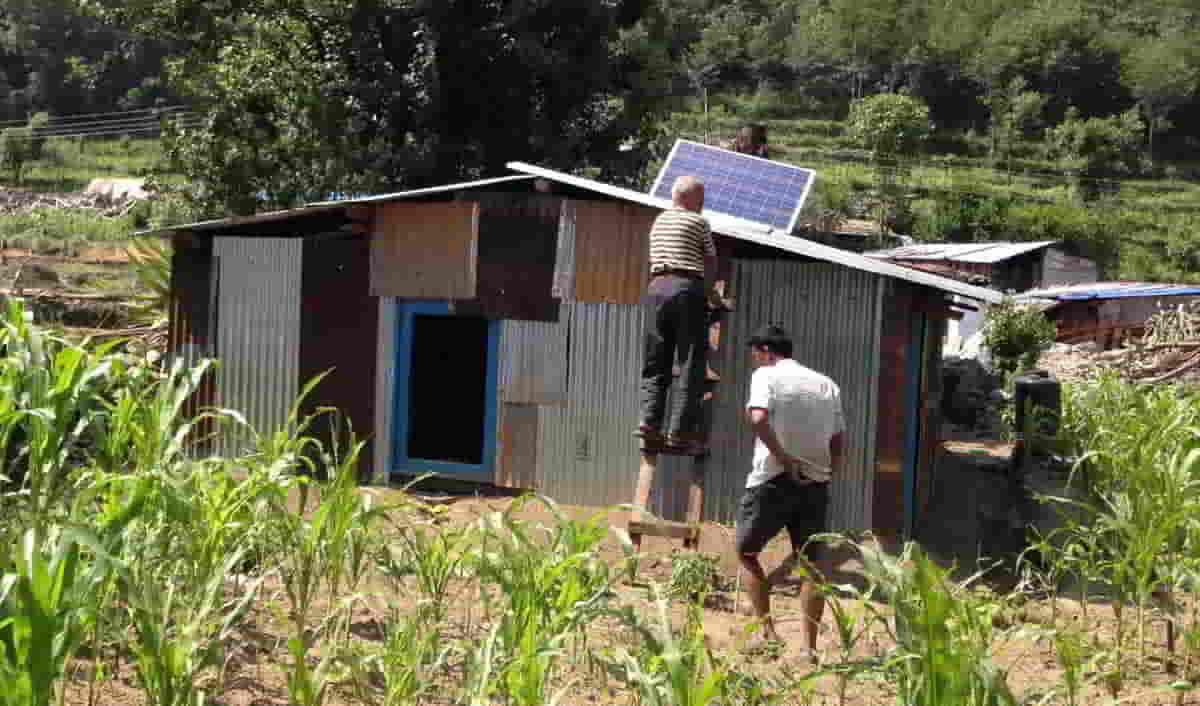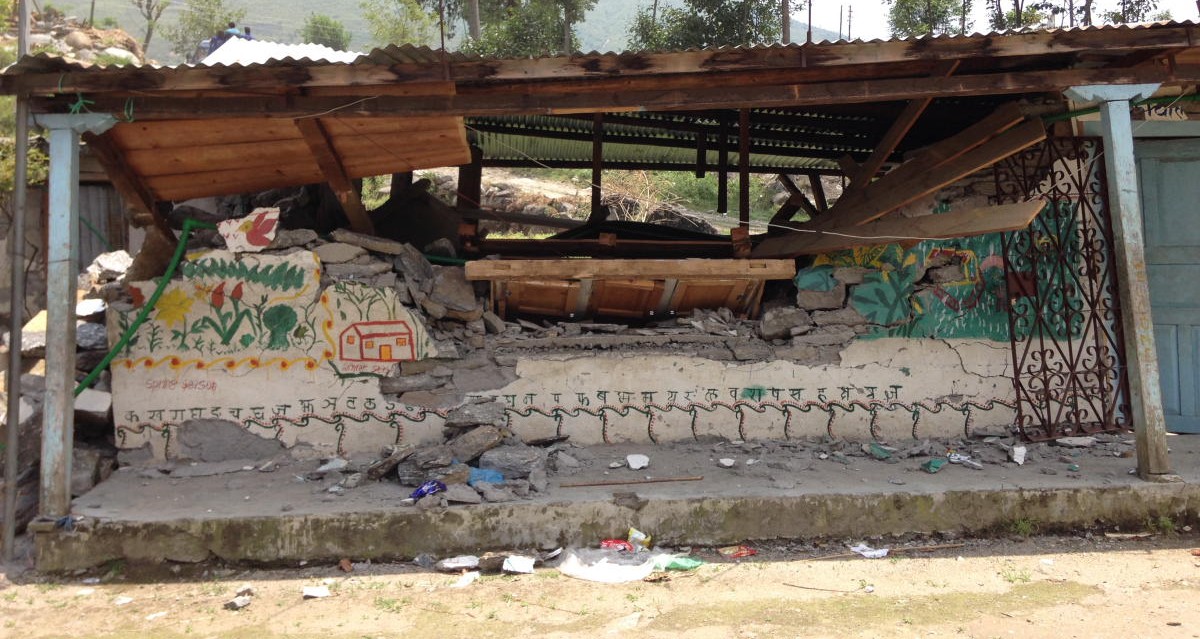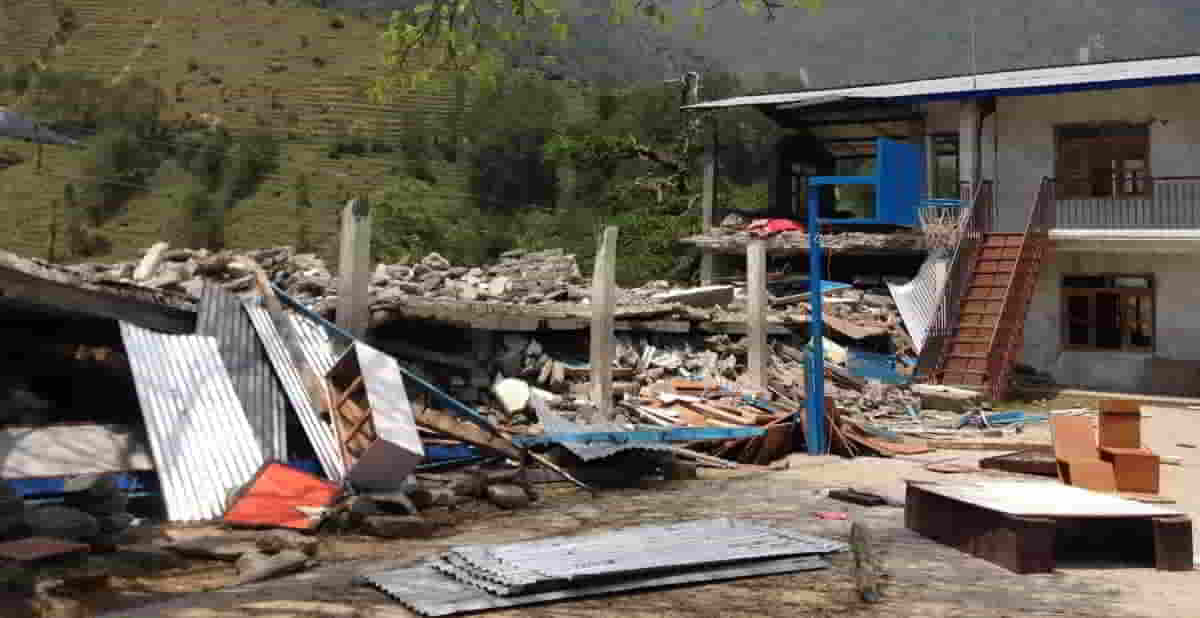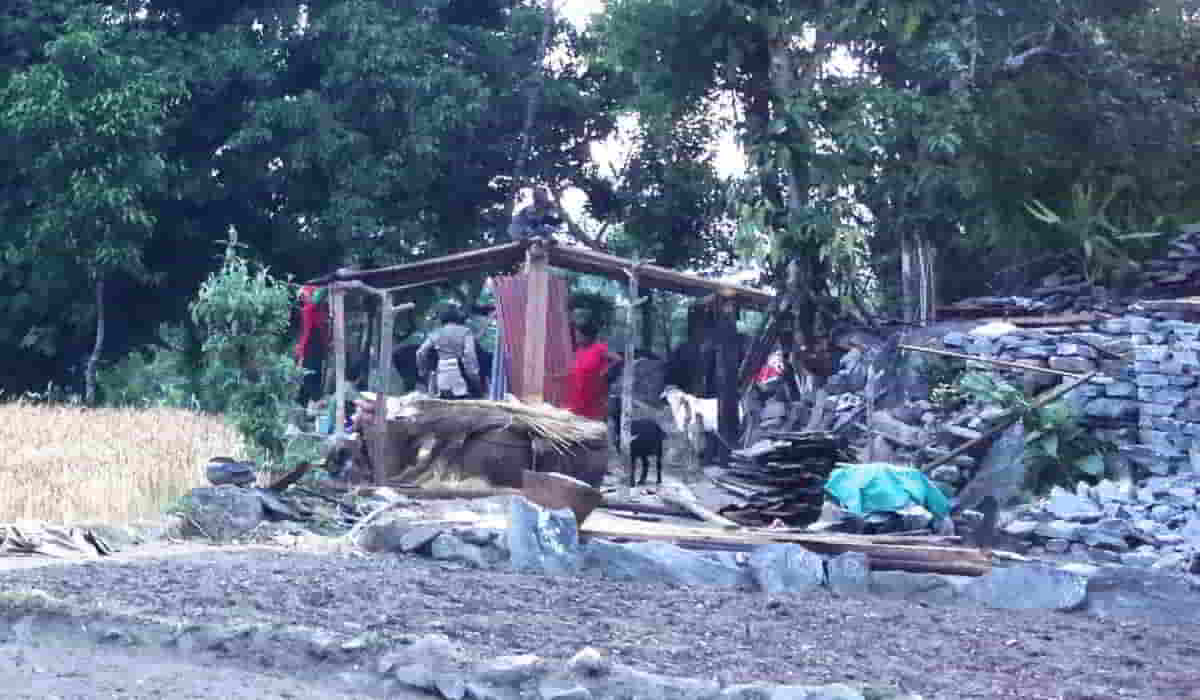The following is a reproduction of a report submitted by our volunteer-friends Manaslu and Chris following their recent visit to Thangpalkot. Hyperlinks are my own addition. The report has been edited for brevity.
* * * * * * * *
Report from Thangpalkot
Thanks to donations from friends and family around the world, we successfully distributed nine solar panel chargers to Thangpalkot VDC (Village Development Committee) in Sindhupalchowk District. We arrived on May 22 and saw with our own eyes how badly the area was affected by the recent two big earthquakes in Nepal, and what the local people have already done to put themselves on the road to recovery.
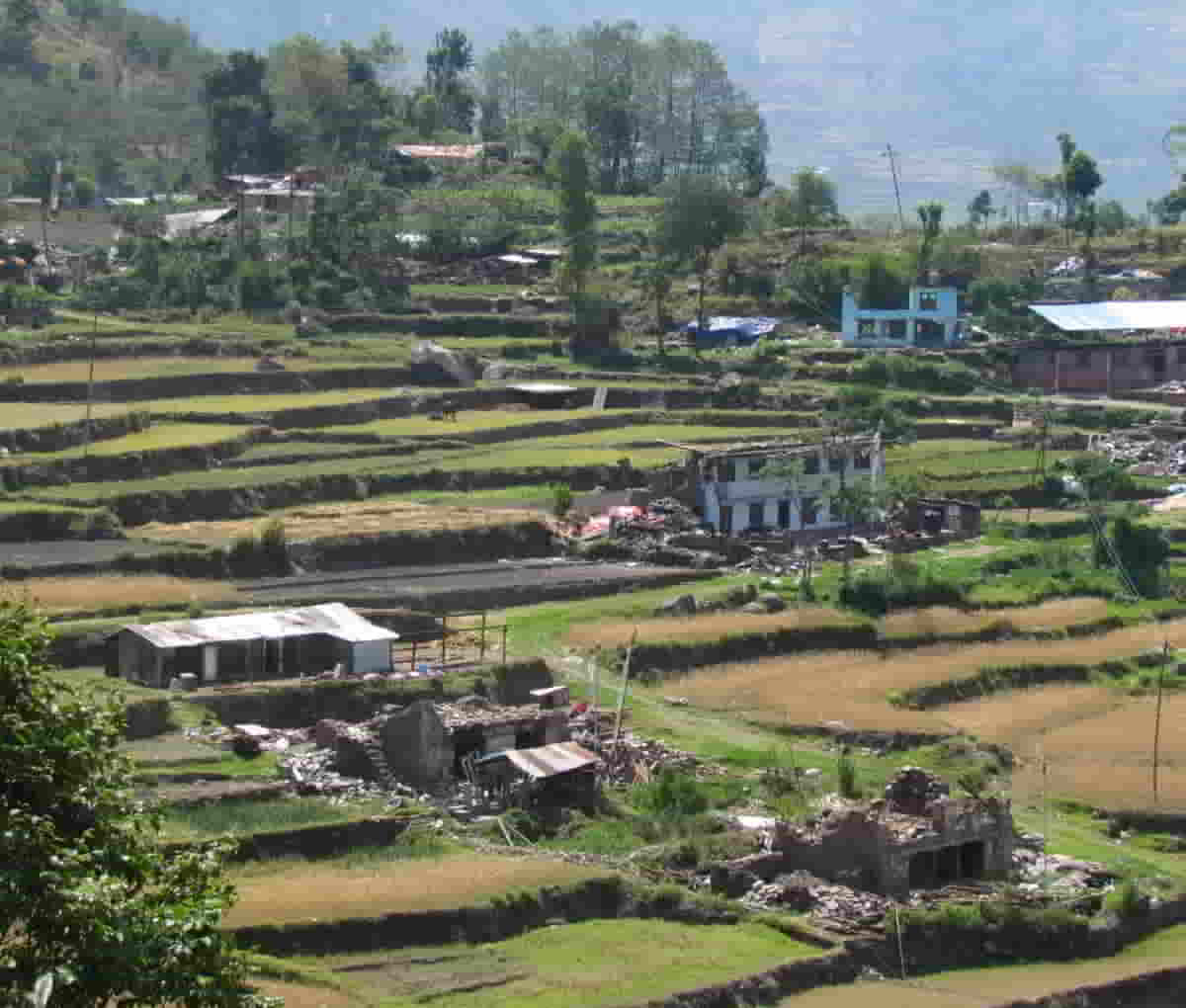 A typical scene in Thangpalkot today. A typical scene in Thangpalkot today. |
As reported earlier by COMMITTED, nearly all of the buildings in Thangpalkot are either destroyed or are unsafe to inhabit. The few habitable buildings are generally of the modern reinforced concrete type, though some reinforced concrete structures also failed during the earthquake, in particular a wing of one of the larger schools.
Almost every household has built a temporary shelter that will be able to withstand the monsoon and provide a basic level of comfort and protection. We stayed inside one of them with Babulal, one of the teachers, and his family, and visited people in several others. The floors are paved with large flat stones, walls are made of either wood or corrugated metal, and roofs are made of corrugated metal. The villagers have salvaged the wood, corrugated metal, doors and windows from their collapsed homes.
Everyone we talked to reassured us that they have enough food stocked up for at least a few months, which will get them through the monsoon. This is important because when the monsoon arrives in a week or two, it will likely trigger landslides on steep slopes previously disturbed by the earthquake, which will make roads impassable.
Food supplies have been arriving daily by truck. The food is coming from a wide range of sources: from friends and family, ad-hoc relief groups based in Kathmandu, and non-profits, including COMMITTED. There are also local crops that are currently being harvested that will add to local food security.
Thirty-four of fifty schoolrooms in Thangpalkot have been completely destroyed. Three of the four schools have a few classrooms that can be used for storage; the fourth school has nothing left. The schools will need to be evaluated by an engineer to determine what can be repaired versus what must be demolished.
We met with about 15 teachers on Saturday morning to discuss re-opening the schools using temporary facilities and outdoor space for sports, other games, and arts and crafts. They decided that the schools would re-open the following week, this Sunday (the school week runs Sunday to Friday). COMMITTED will be supplying all of the necessary materials for these activities for the next three weeks, after that the schools close for the summer.
While we were there, Army personnel were in the process of constructing wooden and bamboo frames, which will be covered with tarps that COMMITTED has delivered for the schools. The tarps will soon be replaced with corrugated sheet metal, also provided by COMMITTED.
While touring the villages of Thangpalkot, we noticed a large empty one-story building of modern construction that was undamaged by the earthquake, and learned that the building is used by the community as a catering hall. We suggested that it would be a good place to hold some of the activities for the temporary schools. One of the teachers inquired about this, and got approval soon afterwards.
In general, the people of Thangpalkot appear to have adjusted well to the often grim realities of their misfortunes. Many men have shaved heads or are wearing all-white clothing, both of which are traditional ways of recognizing a death in the family. We could see that before the earthquake hit, the villages of Thangpalkot were beautiful, and much love has gone into building and maintaining the homes, as well as shaping the landscape.
One loss that most Westerners might not recognize is that these people lost large supplies of grain stored in their homes; grain which was planted, tended, and harvested by their own hands, representing not only months of work, but also some measure of independence and wealth. Soon after both earthquakes, when grain could have been salvaged from the rubble, it rained heavily, spoiling most chances of recovering anything intact. But in Thangpalkot, they are rising above it all, finding strength in each other. People smile, chat, and even tell jokes about the earthquake, or about the abundance of relief materials. One joke has to do with a child, upset, who hits his friend with a biscuit.
If you were to close your eyes to the rubble of the homes, you wouldn’t know that the recent two earthquakes resulted in more deaths in Sindhupalchowk than in any other district in Nepal. People are back in the fields harvesting potatoes and tending the corn. A few families are preparing rice seedlings in preparation for planting at the arrival of the monsoon. Others are getting ready to harvest the wheat.
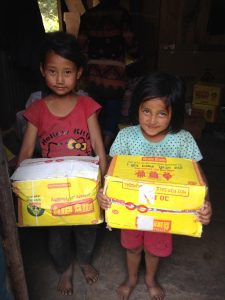 One has to pause and admire the strength, the ability and determination of the people of the hills who have not been broken by the devastating earthquakes. People living in Kathmandu or even in the West would not be able to pull in all of their resources to rebuild so quickly. We salute the people of Thangpalkot.
One has to pause and admire the strength, the ability and determination of the people of the hills who have not been broken by the devastating earthquakes. People living in Kathmandu or even in the West would not be able to pull in all of their resources to rebuild so quickly. We salute the people of Thangpalkot.
In conclusion, we found that basic needs in Thangpalkot have been met and will carry the community through the monsoon. We found that the stress caused by the earthquakes brought to light issues within the community that existed long before the earthquake arrived, such as the low priority assigned to both education and public health by most community members, and the lack of a sense of empowerment and collective responsibility for public facilities, particularly the schools. These are issues that COMMITTED has been working on, and will continue to address in the future.
The issue of rebuilding stronger and safer is the next challenge, which will begin in earnest after the monsoon.
* * * * * * * *
Interested in assisting with COMMITTED’s efforts to continue to support Thangpalkot and its neighbors recover from the earthquake? Click on the button below and donate.

